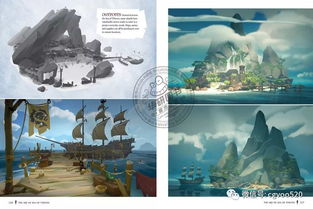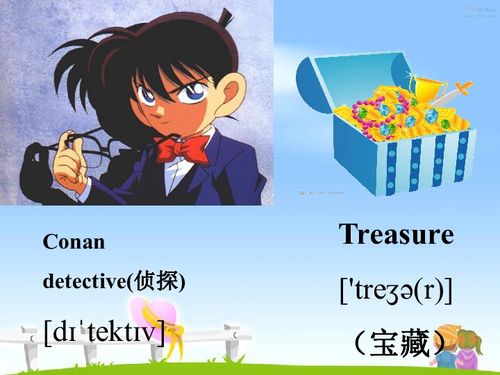Content:
Fishing in artificial waterways, such as reservoirs, ponds, and canals, presents a unique set of challenges and opportunities. These water bodies are often designed to serve specific purposes, which can influence the types of fish that inhabit them and the best methods to catch them. Whether you're a seasoned angler or a beginner looking to expand your fishing horizons, here are some essential techniques and tips to help you master the art of fishing in artificial waterways.
Understanding the Waterway
Before you cast your line, it's crucial to understand the layout and characteristics of the artificial waterway you're fishing. Here are a few key points to consider:
Water Depth: Artificial waterways can vary significantly in depth. Knowing the depth of the area you're targeting can help you determine the appropriate bait and lure size.
Structure: Look for natural or man-made structures such as submerged logs, rocks, and bridges. These can be prime spots for fish to hold.
Vegetation: Dense vegetation can provide shade and protection for fish. It's often a good place to cast your line.
Water Flow: In waterways with a current, such as canals, understanding the flow can help you predict where fish might be holding.
Choosing the Right Equipment
The right equipment can make a significant difference in your fishing success. Here's what you should consider:
Rod and Reel: For artificial waterways, a medium to heavy-duty rod with a spinning or baitcasting reel is typically a good choice. The rod should be flexible enough to handle the fight but strong enough to set the hook and land the fish.
Line: Use a monofilament line with a breaking strength suitable for the size of fish you're targeting. Fluorocarbon line is often preferred for its invisibility to fish.
Hooks: Choose hooks that match the size of your bait and are suitable for the type of fish you're targeting.
Bait and Lures: The best bait and lures depend on the species of fish in the waterway. Research the local fish population and use bait or lures that mimic their natural food sources.
Fishing Techniques
Once you have the right equipment, it's time to apply some effective fishing techniques:
Patience is Key: Artificial waterways can be unpredictable. Fish may be holding tight to structures or in certain areas that require patience to locate.
Presenting Your Bait: The way you present your bait or lure can make a big difference. Experiment with different retrieves, such as a slow roll, a twitch, or a stop-and-go motion, to see what works best.
Timing: Pay attention to the time of day. Fish are often most active at dawn and dusk. However, some species may be more active during midday.
Covering Ground: If you're having trouble finding fish, consider covering more ground. Cast to different areas, especially those with structure or vegetation.
Adjusting Techniques: Be prepared to adjust your techniques based on the weather, water temperature, and the behavior of the fish.
Tips for Success
Here are some additional tips to help you improve your chances of success when fishing in artificial waterways:
Local Knowledge: Talk to other anglers who frequent the waterway. They can provide valuable insights into the best spots and techniques.

Safety First: Always prioritize safety, especially if you're fishing from a boat or around other anglers.
Respect the Environment: Be mindful of the local ecosystem and follow any fishing regulations and guidelines.
Practice Catch and Release: If you're not planning to keep the fish, practice catch and release to ensure the sustainability of the fish population.
Enjoy the Experience: Remember that fishing is a relaxing and rewarding activity. Take the time to enjoy the experience and appreciate the beauty of the waterway.
By understanding the unique characteristics of artificial waterways and applying these techniques and tips, you'll be well on your way to becoming a master angler in these man-made fishing havens. Happy fishing!












